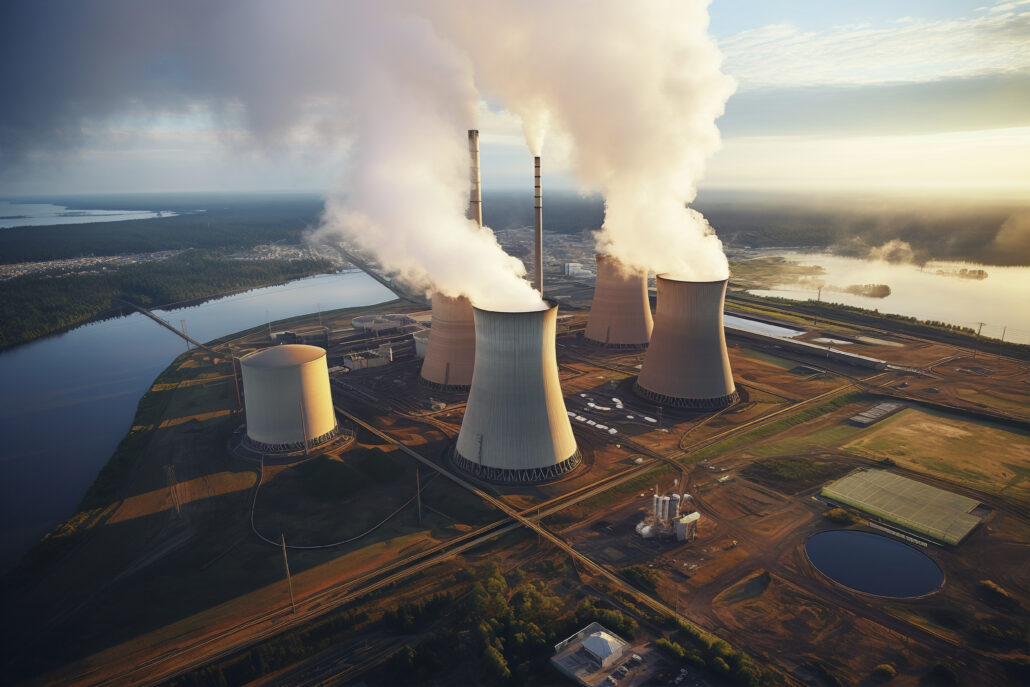Written by Eleanna Komninou, Green Projects Innovation Manager at Wattcrop.
Nuclear Energy is experiencing a resurgence in investment as global priorities shift towards low-carbon energy solutions to combat climate change and ensure energy security. This renewed interest is reflected in increased funding, technological advancements, and new projects worldwide. In 2021, the International Energy Agency (IEA) reported that nuclear power investments had risen to levels not seen in decades. Countries are committing substantial resources to both the development of new nuclear technologies and the maintenance and expansion of existing facilities. Numerous new reactor projects are underway globally as China the way by building several new reactors and exploring advanced nuclear technologies like small modular reactors (SMRs). Russia, India, and South Korea are also heavily investing in nuclear power, recognizing its role in reducing carbon emissions and enhancing energy security. It is worth mentioning that nuclear power can enhance the reliability of a renewable-heavy grid by providing consistent, dispatchable power. As renewables like wind and solar PV are intermittent, nuclear energy’s stable output can help balance the grid and ensure a steady electricity supply. Despite economic and technical challenges and the fact that not all nations will choose nuclear energy, the increasing climate goals in many countries and the current energy have made some countries turn to nuclear power.
However, it must highlighted that the new investments in nuclear energy come at a very high cost for society and the environment. To begin with, nuclear power plants require significant amounts of water primarily for cooling purposes. This cooling is essential to dissipate the heat generated during the nuclear fission. Furthermore, the disposal of water can have several consequences for the environment in the way of thermal pollution as the heated water discharged can raise the temperature of the natural water bodies, affecting aquatic ecosystems. In addition, wastewater management is one of the aspects that nuclear plants will have to face when operating. During routine operations, some radioactive materials might be present in the wastewater.

Another aspect that is incremental and needs to be taken into account is the high cost and the long development times for a nuclear power plant to be built as well as the high decommissioning costs.
In addition, a major environmental concern related to nuclear power plants is the radioactive waste. These materials can remain radioactive and dangerous to human health for thousands of years and need to be carefully managed and stored to prevent environmental contamination and health risks.
Nuclear Proliferation is another factor that should be taken into consideration. The spread of nuclear technology raises concerns about the potential for nuclear weapons development, posing a significant security threat. Nuclear proliferation is a very important factor that should be seriously taken into account when countries are considering investing in nuclear power plants.
As the world is looking into renewable sources of energy for a sustainable future, uranium, the primary fuel for nuclear reactors, is a finite resource, and its extraction and processing can have environmental and social impacts. According to the World Nuclear Association, identified recoverable uranium resources amount to about 8 million tonnes. This includes resources that are economically feasible to extract with current technology and market conditions.
To sum up, even though nuclear energy has been recently labeled as “green” by the EU, practically this is not the case. Indeed, nuclear energy does not produce carbon monoxide which helps countries reach their Net Zero targets, however, it has several serious health and environmental concerns that need to be considered. Therefore, when comparing renewable energy-sourced production to nuclear energy production it is clear that renewable energy is the most sustainable way forward.
Read more interesting articles by the Wattcrop team!
